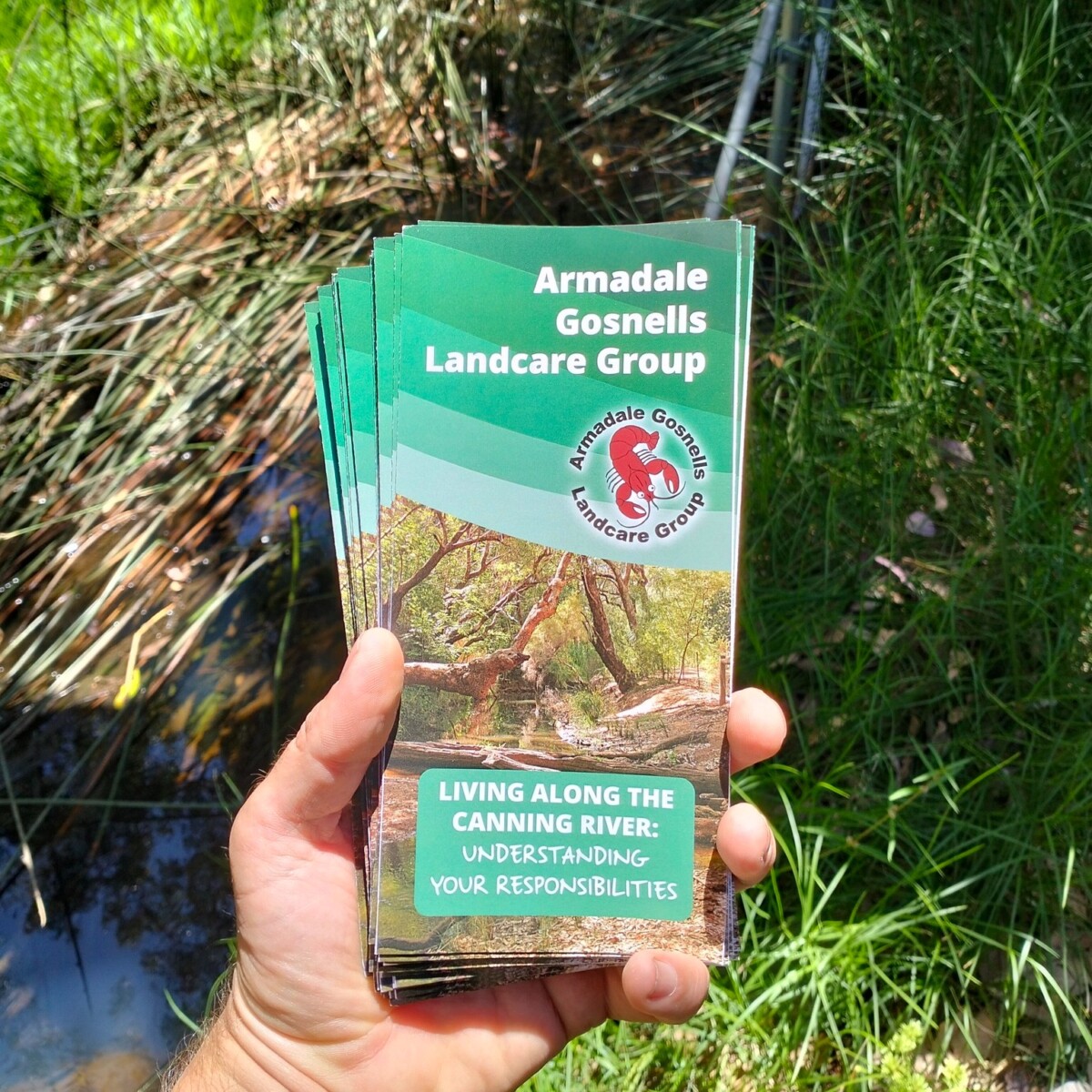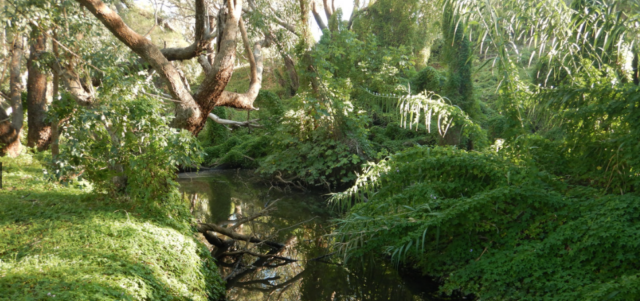Water is quite literally life-giving.
It is the very reason for the existence of all species on our planet.
So, when it starts to deplete it’s a cause for concern – especially in the driest state on the driest continent on Earth.
According to the state government, since the mid-1970s, annual average rainfall in WA has declined by about 15 per cent and resulted in an average 80 per cent reduction in streamflow runoff.
And after the driest summer ever recorded for our state, it’s understandable that frictions have developed over who is entitled to use this precious resource, and for what purpose.
When the state government walked away from 10 years-worth of water resource management reform just before Christmas, the justification was that “the current laws are workable”.
“Legislative change is not required when there are other immediate, practical avenues to improve water security,” Water Minister Simone McGurk said.
City of Armadale local Shane Hunter was bitterly disappointed by this about-face.
“Not only does the existing legislation not adequately align with national standards, it is also not in line with community expectations or the policies of the state government,” he said.
“In our local area we have unregulated and extremely poorly regulated extraction from groundwater and surface water sources such as the Canning River.
“The Act that governs this extraction is from 1914. Before scheme water, before the dams were constructed and before the increasingly scary impacts of global heating and a drying climate. The year 1914 was a different world from today.”
The recent public furore over unchecked (but completely legal) commercial groundwater extraction from our hills by multinational water bottlers is a case in point that the current laws are perhaps not quite as fit-for-purpose as the state government would like us to believe.

A legacy of the (still current) Rights in Water and Irrigation Act 1914 is that anyone whose land abuts a river has “the right to take water from that watercourse without a licence for domestic use, non-intensive stock watering and irrigation of household garden of a limited area”, according to the Department of Water and Environmental Regulation (DWER).
The irony is the Canning River is routinely kept alive each summer through the release of scheme water at six different points between Roleystone and Gosnells.
“The river is literally on life support just to keep some water in it so the ecosystem does not completely collapse,” Shane said.
On average, 1.5 billion litres is released into middle Canning each summer – equivalent to over 600 Olympic swimming pools.
What’s more, this scheme water is treated and pumped into the river at the expense of taxpayers, and river-fronting property owners are legally entitled to pump it out for free to keep their lawns green.
Those ‘riparian users’ are supposed to follow the same daytime sprinkler restrictions as scheme water users, as well as the winter period sprinkler ban.
But, as is the case with the commercial water bottlers, no one is monitoring how much water each property is pumping, or whether they’re pumping throughout the day or all week long.
“As riparian landholders cannot be licensed, they are not subject to metering requirements under the Rights in Water and Irrigation Regulations 2000,” a spokesperson for DWER said.
“However, DWER monitors riparian compliance by ensuring the irrigated area is limited to the size of a household garden and will take appropriate enforcement action when non-compliance is proven.”
Apparently, a ‘household garden’ can be as large as two hectares, according to the government’s surface water licencing exemptions. That’s roughly the size of two footy ovals.
Aerial photos taken in April – after six months of no rain – show a patchwork of verdant green properties and ponds full to the brim snaking along the Canning. While those without river frontage are visibly brown.
Despite the inequalities inherent in these laws, DWER has said “there are no plans to review riparian rights legislation”.
“Due to the drying climate, DWER encourages both licensees and riparian water users to secure an alternative water supply (where possible) as flows cannot be guaranteed. In past dry season conditions, DWER has requested Water Corporation reduce the volumes of water released into the Canning River, as well as other supplemented river systems,” the spokesperson said.
Armadale Gosnells Landcare Group (AGLG) chair Pat Hart has been fighting the good fight for the health of the Swan and Canning River systems for many decades.
But she said there’s not much that can be done until there is some legislative change.
“It’s up to the government to address the issue in light of climate change and the extreme summer we’ve just had,” she said.
“But to change the Act in parliament is very difficult.
“So, the next best thing we can do is work with people. We focus our efforts on education, and calling on everyone to be responsible.”
The ‘Living along the Canning River: Understanding your responsibilities’ brochure can be found on the AGLG website.















